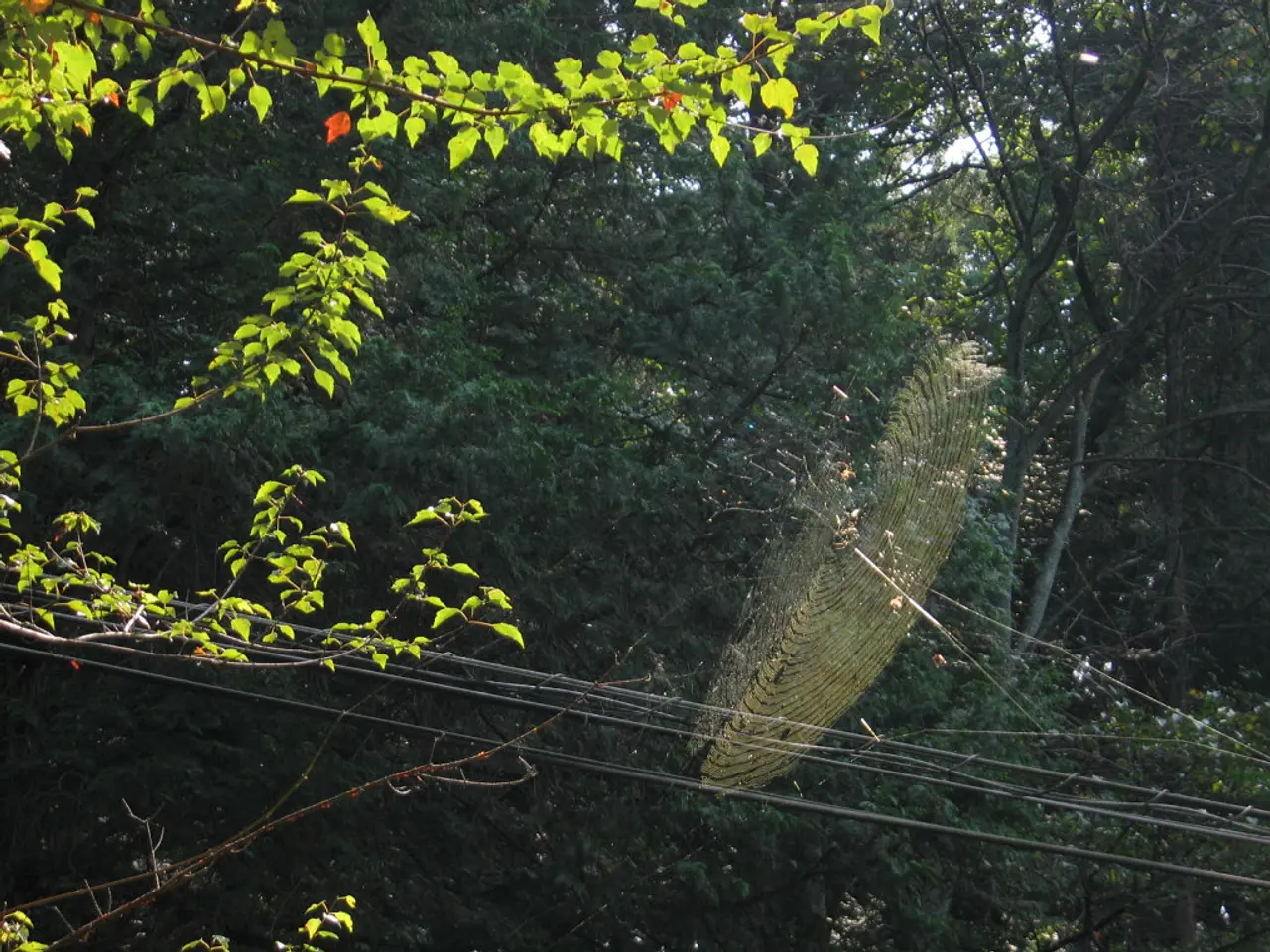West Africa urged by TelCables Nigeria to adopt remote peering for enhanced internet connectivity
The African Peering and Interconnection Forum (AfPIF) 2025, taking place in Lagos, Nigeria this week, is set to be a significant event for shaping Africa's digital future. TelCables Nigeria, a key participant in the event, is poised to engage in discussions concerning future connectivity options for businesses and enterprises across the continent.
TelCables, a subsidiary of Angola Cables, is known for its extensive backbone infrastructure and remote peering partnership options. These solutions, powered by the Angola Cables' global network, are transforming how businesses connect, scale, and thrive in the West African digital economy.
The Network as a Service (NaaS) option offered by TelCables is providing quicker, more seamless access to digital services for African consumers and enterprises. This is particularly important as the demand for fast, reliable, and affordable digital access increases as Africa's digital economy expands.
Effective peering partnerships are helping to drive down the cost of digital connectivity, according to Israel Ogboi, Pre-Sales Engineer at TelCables Nigeria. One such technology is Remote Peering, which allows Internet Service Providers (ISPs) and networks to connect to Internet Exchange Points (IXPs) without needing a physical presence at the exchange location. This boosts network performance and efficiency by lowering latency, improving routing, and reducing reliance on multiple transit providers.
In the context of West Africa, remote peering is improving digital connectivity by enabling local and regional ISPs to access major international and regional Internet Exchanges more easily and cost-effectively. This helps reduce dependency on expensive international transit and improves the quality and speed of internet services. With West Africa experiencing rapid growth in internet adoption, technologies like remote peering facilitate better interconnectivity between networks, enhancing overall regional digital infrastructure.
TelCables Nigeria provides low-latency connectivity to multiple Internet Exchange Points (IXPs) across Africa and globally. By enabling remote peering solutions, TelCables can help ISPs across Nigeria and West Africa optimize their access to global and regional IXPs without the need for costly physical deployments, thus improving the affordability and quality of internet connectivity.
At AfPIF 2025, initiatives like promoting remote peering are expected to play a significant role in discussions and strategies for expanding internet infrastructure in Africa, including West Africa. Remote peering is a key enabler to realizing more interconnected, resilient, and efficient network ecosystems on the continent.
Israel Ogboi, Pre-Sales Engineer at TelCables Nigeria, stated that AfPIF provides an excellent opportunity for TelCables to engage with peers, partners, and stakeholders who are collectively shaping Africa's digital future. The AfPIF 2025 event will provide a platform for industry leaders to explore strategies for building resilient internet infrastructure, expanding regional interconnectivity, and improving access to content across the continent. TelCables will share more information about its role and success in strengthening Africa's digital ecosystem at the event.
In summary, remote peering is a transformative solution that supports the goals of AfPIF 2025 and companies like TelCables Nigeria in expanding and upgrading West Africa’s digital connectivity landscape, making networks more efficient, cost-effective, and performant.
Read also:
- Tesla is reportedly staying away from the solid-state battery trend, as suggested by indications from CATL and Panasonic.
- Airbus Readies for its Inaugural Hydrogen Fuel-Cell Engine Test Flight of Mega Watt Class
- Air conditioning and air source heat pumps compared by experts: they're not identical, the experts stress
- Tech Conflict Continues: Episode AI - Rebuttal to the Tech Backlash








